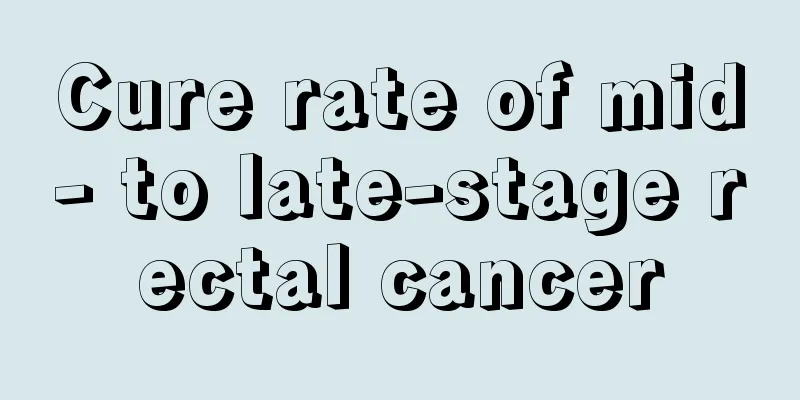The role of inflammatory mediators in inflammation

|
What we usually come into contact with are some minor inflammatory problems. For example, the patient may have cell changes, or the level of blood may affect the body and cause inflammation. These inflammations are not too serious, but just relatively mild and not so harmful. Generally, we need to understand the role of inflammatory mediators in inflammation. concept Both the vascular response and the leukocyte response of inflammation are achieved through the action of a series of chemical factors. Chemical factors that participate in and mediate inflammatory responses are called chemical mediators or inflammatory mediators. Cell release Vasoactive amines Including histamine and serotonin (5-HT). Histamine is mainly present in the granules of mast cells and alkaliphils, and is also present in platelets. Stimuli that cause mast cells to release histamine include: ① physical factors such as trauma or heat; ② immune response, that is, when antigens interact with IgE bound to the surface of mast cells, mast cells can release granules; ③ complement fragments, such as anaphylatoxin; ④ neutrophil lysosomal cationic protein; ⑤ certain neuropeptides. In humans, histamine can dilate arterioles and constrict venular endothelial cells, leading to increased vascular permeability. Histamine can be inactivated by histaminase. Histamine also has a chemotactic effect on eosinophils. 5-HT is released by platelets, and collagen and antigen-antibody complexes can stimulate platelets to release 5-HT. Although its effects in rats are similar to those of histamine, its role in human inflammation is not well understood. Arachidonic acid metabolites Including prostaglandins (PG) and leukotriene (LT), both are metabolites of arachidonic acid (AA). AA is an 20-carbon unsaturated fatty acid that is produced by activating phospholipase under the action of inflammatory stimulation and inflammatory mediators (such as C5a). In inflammation, the lysosomes of neutrophils are an important source of phospholipase. AA is metabolized via the cyclooxygenase and lipid oxygenase pathways to produce various products. In summary, inflammation stimulates arachidonic acid metabolism and releases its metabolites, leading to inflammatory responses such as fever, pain, vasodilation, increased permeability, and leukocyte infiltration. On the other hand, anti-inflammatory drugs such as aspirin, indomethacin and steroid hormones can inhibit arachidonic acid metabolism and reduce inflammatory responses. |
<<: Black teeth are hereditary
>>: The factors involved in inflammatory response cells mainly include
Recommend
How to wash chewing gum
In people's daily lives, if there is a bad sm...
Lobotomy
The human brain has a complex structure, and the ...
What should I do if my eyes always feel tired?
Eyes are the windows to the soul, and everyone ho...
I am allergic to the face brush
Many people always feel that using plain water or...
What are the characteristics of liver cancer CT diagnosis? Revealing the manifestations of liver cancer on 4 CT films
Liver cancer refers to malignant tumors that occu...
What are the folk remedies for nasal congestion and runny nose caused by cold
Cold is a relatively common symptom. In daily lif...
What are the nursing methods for brain cancer patients
Brain cancer requires good nursing methods to coo...
What flowers are good for your health in your bedroom?
Modern people are under great pressure in life an...
Complications of colorectal cancer
What are the complications of rectal cancer? Gene...
Where can I get relief from dizziness through massage
There are many patients with dizziness in life. W...
What should fibroids pay attention to in their daily diet
In recent years, the word "fibroma" oft...
I can't ejaculate after having sex for a long time
If you cannot ejaculate for a long time during in...
What are the hazards of disposable tableware to the human body
Many things in today's society are very conve...
Is it okay to freeze honey?
Honey is produced by bees in spring, summer and a...
What is the situation of itchy butt
I believe that many people often feel itchy butto...









